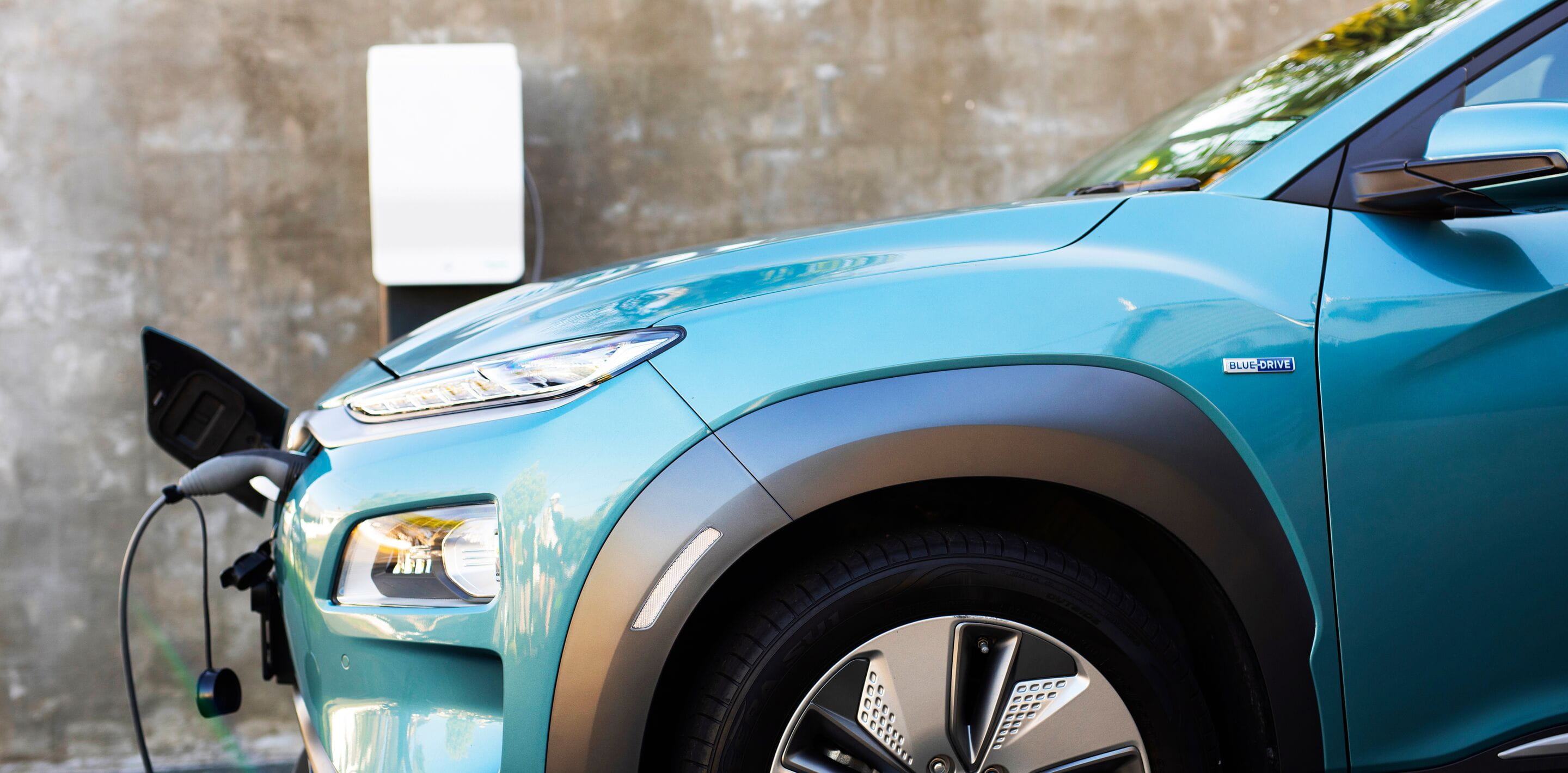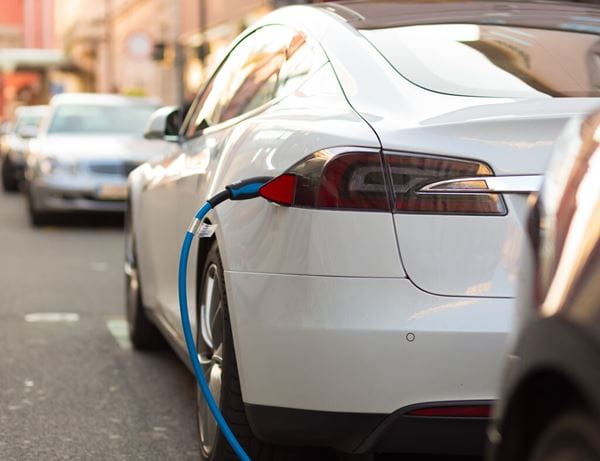
A Cost-of-Living Saving Guide for EV Drivers
With record energy prices continuing to fuel the cost-of-living crisis, we’ve outlined ten money saving tips to help electric vehicle (EV) drivers cut costs and avoid unexpected charges.
Hundreds of thousands of UK households have downsized their household motoring expenses by driving electric cars, and the ongoing cost-of-living crisis has brought those savings into sharp focus.
Despite two years of soaring energy prices, there are plenty of appealing financial reasons to drive electric – UK households could expect EVs to compete with petrol or diesel cars in most segments, according to LeasePlan’s 2022 Car Cost Index. However, they also offer some unique opportunities to cut costs even further. Here’s how:
1. Maximise your EV mileage:
Electric cars reward smooth driving. Avoid harsh acceleration and look a little further ahead for junctions and obstacles – most light braking is done using the magnetic resistance within the electric motor, which tops up the battery – known as regenerative braking. As a bonus, you’ll extend the life of your mechanical brakes, which saves money later on.
2. Warm up your EV:
Most electric vehicles can be scheduled to adjust the cabin temperature (such as cool during hot weather or warm the carbin during cold spells) and set the battery at its optimum temperature before a journey.
If the vehicle is plugged in, you’ll leave with a full charge and the battery operating as efficiently as possible, reducing your energy consumption and reliance on often pricey public chargepoints.
3. Keep your EV software updated:
Modern cars have become as software-heavy as smartphones, and it’s just as important to keep them updated. Many new models can download free software updates over the air, optimising features such as drive modes, cabin heating and cruise control, reducing your energy consumption.
4. Check your tyres:
Safety implications aside, regular maintenance checks including tyre pressure can save you money. The TyreSafe charity claims a 20% loss of pressure – which isn’t enough to trigger a warning on the dashboard – equates to a 3% loss of efficiency.
That’s around £2.50 of wasted energy per 1,000 miles in a Volkswagen ID.4 electric SUV.
5. Compare EV charging stations:
Zap-Map’s free-to-use map of the UK’s charging networks is an essential tool for EV drivers, filtering locations by specific operators who can offer a cheaper rate and identifying sites that still offer free charging stations.
That could save you 13p per mile in a Vauxhall Corsa-E, compared to the national average cost of public charging.
Take a look at our guide to essential Apps for EV drivers Essential Apps for Electric Vehicle Drivers | LeasePlan United Kingdom
6. Don’t overstay your welcome at EV chargepoints:
The UK’s fast-growing electric vehicle population is putting pressure on public chargepoints, and it’s not just charging costs you need to consider anymore. To encourage better etiquette, councils in Sheffield, Glasgow and Aberdeen have introduced overstay charges on their fastest units. Private networks, including BP Pulse and Osprey, will also bill drivers for staying longer than they need to.
If you have time to spare, consider a slower destination EV charger rather than a Rapid charger – not only are they typically cheaper – but you can leave your car to top up whilst doing something else, like food shopping. Just remember to check whether you need to pay for parking aswell – and if there is a limit on how long you can stay.
7. Take advantage of at-home charging:
If you have access to off-street parking and can charge at home, then a dual-rate energy tariff is an easy way to halve your charging expenses.
Based on the Government’s latest UK-wide average energy prices, drivers would pay 4.7p per mile to run a Tesla Model Y Long Range if they charged overnight on a tariff with lower off-peak rates. That compares to 8.3p per mile for an electric vehicle driver on a flat-rate tariff.
8. Become an EV charging member:
If you regularly use the same chargepoints, it might be worth checking if there’s a subscription option offering discounted rates for electric vehicles. The Bonnet app provides similar discounts for multiple networks, claiming electric vehicle drivers could recoup the cost of its £8-per-month membership fee within 280 miles.
9. Charge your EV at work:
Electricity is taxed differently from other fuels. If your employer offers free charging at work, then HMRC doesn’t treat this as a Benefit-in-Kind, and you won’t be taxed for it, even if it’s for private journeys. This could be a useful way to keep your costs down.
10. Look out for local EV incentives:
Some councils offer free or discounted parking for cleaner vehicles, designed to get more residents driving electric cars. Schemes vary across the UK, either provided in car parks or through residents’ permits, so it’s worth checking what’s in place locally.
If you don’t have a home charge point, take a look at our guide to on street EV charging : Quick guide to On Street EV Charging | LeasePlan UK | LeasePlan United Kingdom
Everything you need to know about driving an electric car
If you’re thinking about the road ahead and making the switch to electric driving, then it can feel like there’s a lot to take in. LeasePlan’s EV Hub contains wealth of resources to help answer all of your burning questions, without bombarding you with jargon.
Want to see how much it costs to run an EV? Check out our EV cost per mile calculator.

.jpg?rev=3adbd558867c4d92bf9f22752f12a09c&mw=600)



